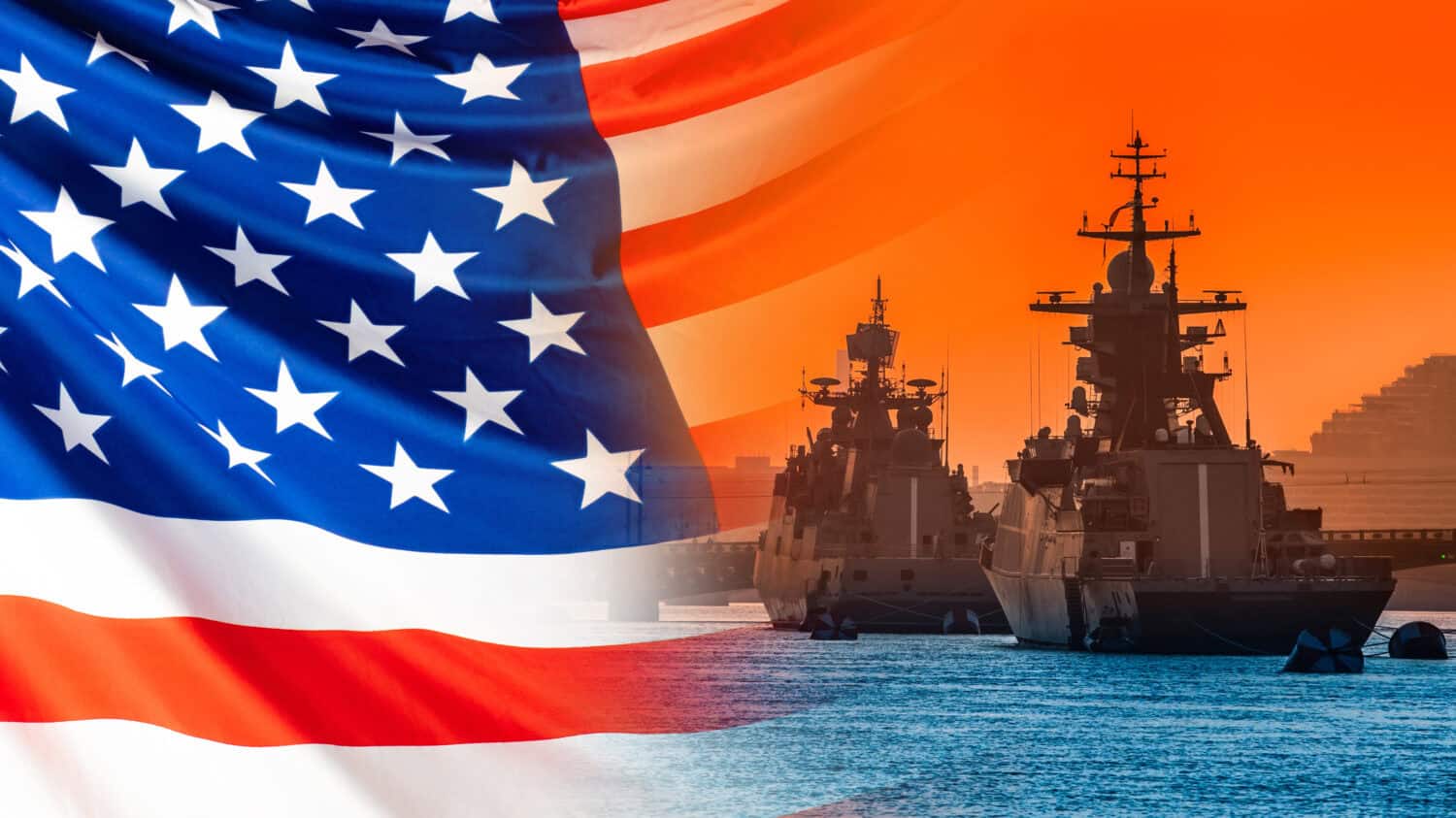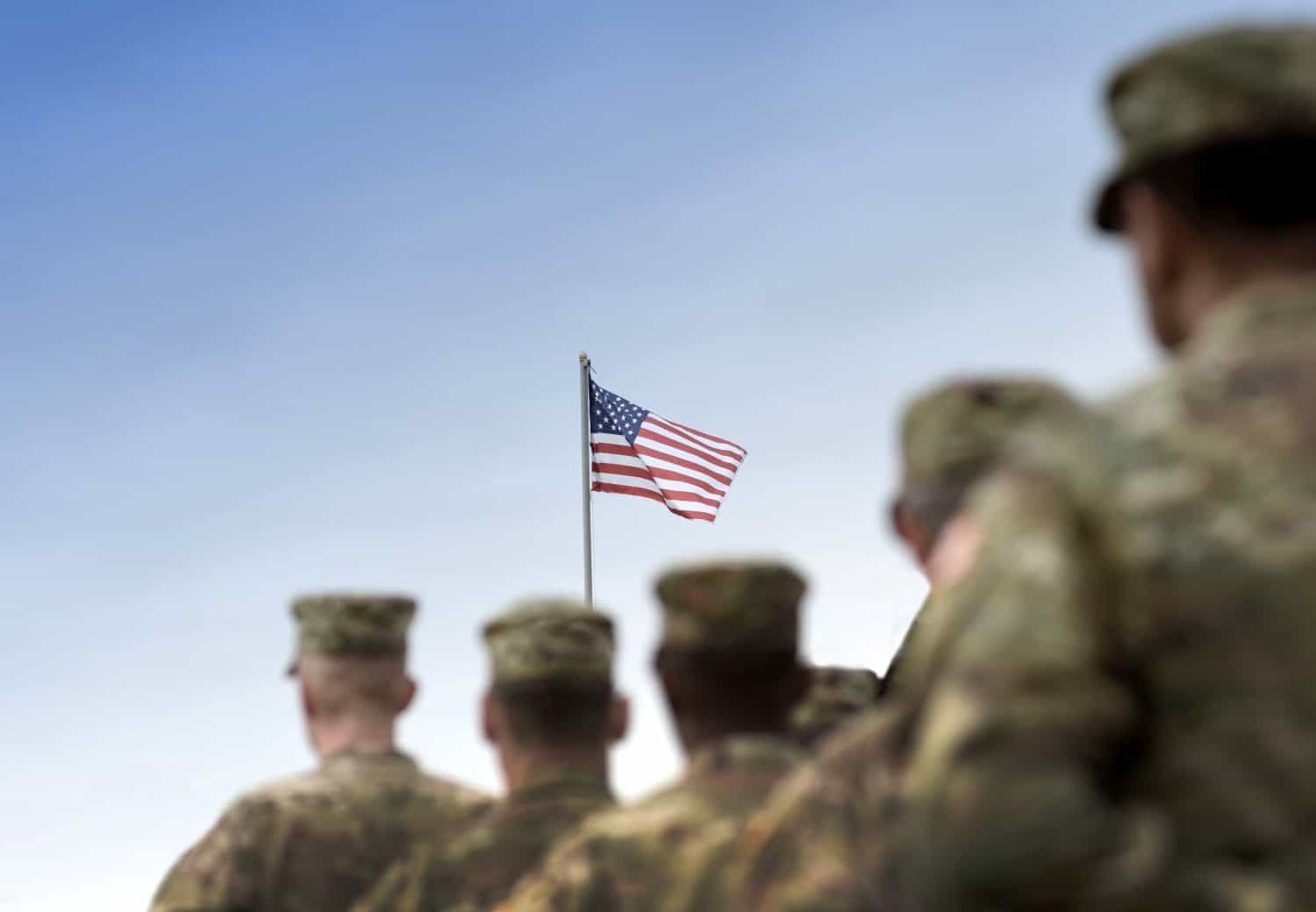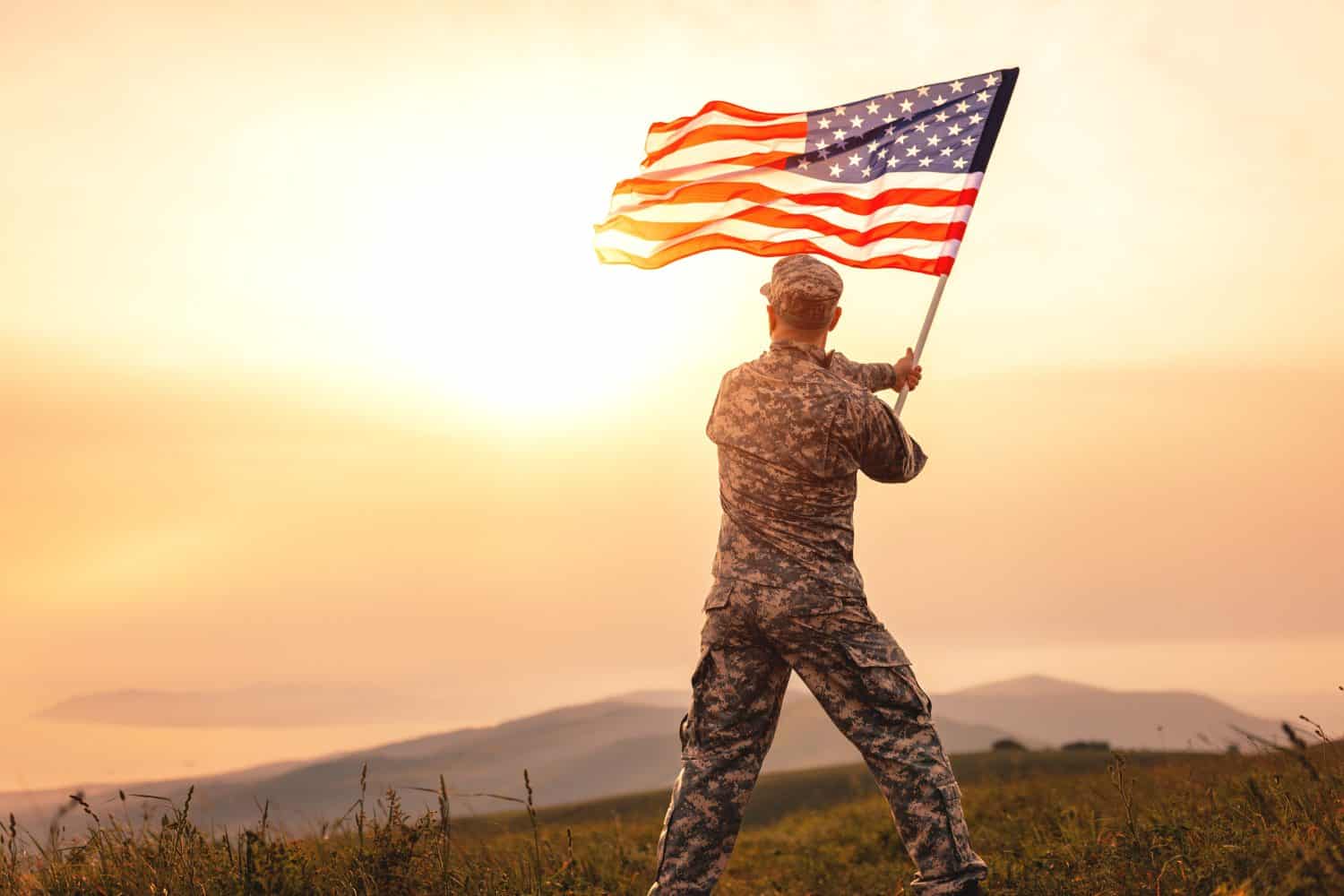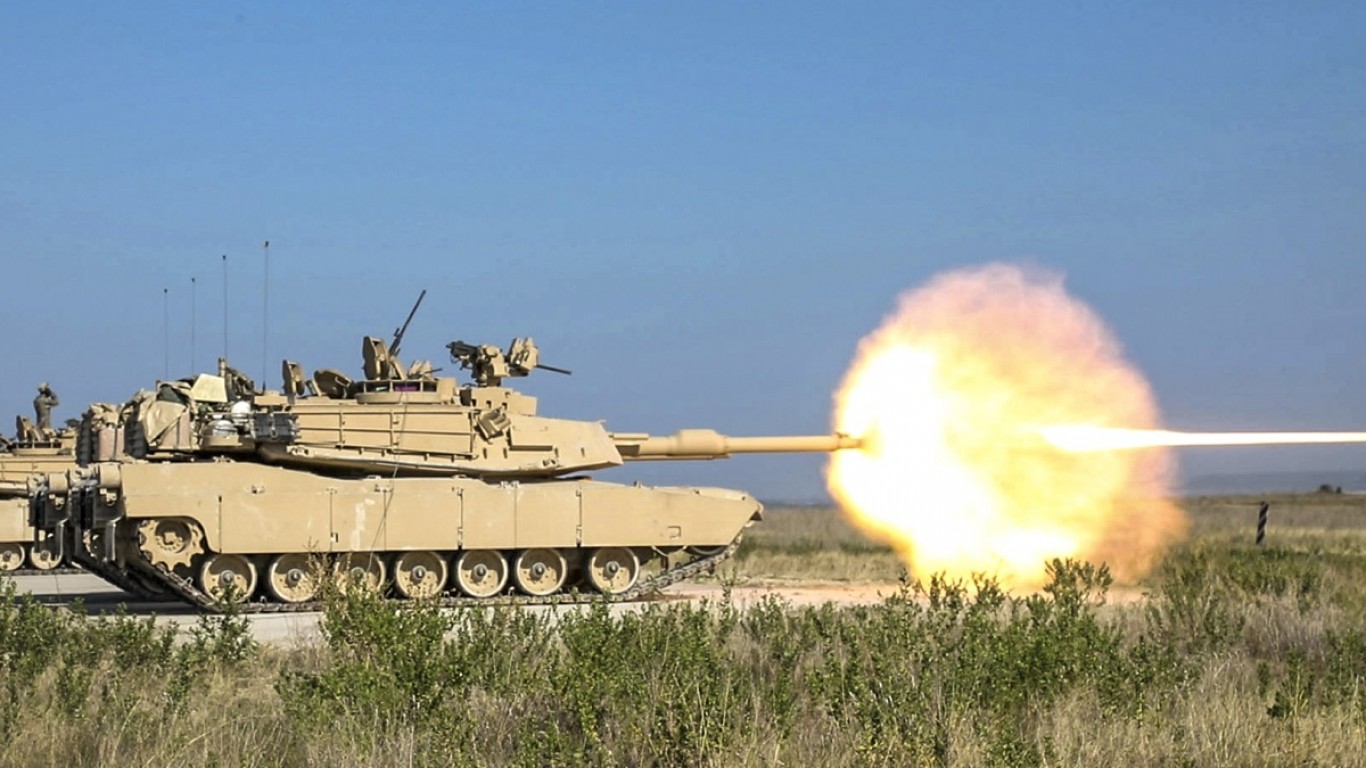
Article I Section 8 of the United States Constitution gives Congress the power to enact a military draft, and since the ratification of the Constitution, it has used this power in only five conflicts, with two drafts occurring during peacetime. But how likely is it that our government will enact another draft in the future? What will a future draft look like?
24/7 Wall St. Key Points:
-
The draft has only been enacted a handful of times, usually in preparation for war.
-
Support for the military and the draft are at an all-time low in America.
-
4 million Americans are set to retire this year. If you want to join them, click here now to see if you’re behind, or ahead. It only takes a minute. (Sponsor)
With the current state of the world, and the oligarchy finally taking over the government, we looked into the likelihood of a future draft and how it would work. Here is what we found.
The History of the Draft

During colonial times and in the early period of the United States, the colonies and states used a militia system for defense. Each colony had its own laws that regulated its militias, with some requiring all able men to enroll or register with their local militia and receive a required minimum amount of training. The Continental Congress asked each colony to enact their own conscription during the American Revolutionary War, pulling men from their militias to serve in the Continental Army for one year.
The first time Congress enacted national conscription was during the American Civil War. Both the United States and the Confederacy employed drafts to fill their ranks. However, the United States had a much higher population and was able to fill its ranks with far more volunteers, with only 2% being draftees and 6% being substitutes that draftees paid to serve in their place.
Neither draft worked particularly well, and resistance to the draft was particularly violent in the South and in New York City.
The second draft was in 1917 with the Selective Service Act of 1917, and changes were implemented to fix many of the issues with the Civil War draft. It also prohibited substitutions. By the end, 24 million men were registered and three million finally served in the military. The government ran widespread propaganda campaigns and actively shut down newspapers and other publications that shared any stories that were critical of the war.
During this time, conscientious objectors were sent to prison for 20 years, 17 were sentenced to death, 142 were sentenced to life in prison, and another 345 were sent to penal work camps. Socialists were regularly arrested and jailed for obstructing draft efforts on the grounds that it was unconstitutional.
The 1940 draft, based on the WWI model, was the first peacetime draft. Initially, the draft required only one year of service, but this was extended to the end of the war. The draft was in operation from 1940 to 1946, but the Selective Service System developed for the draft remains to this day. In the end, 49 million men were registered with the draft and 10 million men were inducted into the armed forces.
Around 373,000 men evaded the draft and 16,000 were imprisoned, another 6,000 conscientious objectors were also sent to prison.
The draft for the Korean War was the second peacetime draft and was the first to employ a Doctor Draft. Around 30,000 men were pressed into military service before the start of the Korean War, and another 1.5 million were conscripted during the war itself. This draft eliminated the paternity deferment and implemented the student deferment.
The next draft was during the United States invasion of Vietnam and genocide in Southeast Asia. The government implemented an intense and focused propaganda campaign, but the resistance and protest against the draft was fierce and widespread nonetheless. Around 27 million men were registered and just over two million were pressed into military service. Even though the draft was during the Vietnam War, draftees were sent to military service in various places around the world.
Because of the offensive nature of the war, the false pretense for the conflict, government lies, and the war crimes being committed in the region by the United States, thousands of people avoided the draft and actively fought against it. Around 10,000 men were convicted of violating the draft and around 100,000 men fled the country.
With only one exception, the United States forced young men to serve in the military every year from 1917 to 1973.
Who Is Eligible to be Drafted Today?

Even though every draft has its own rules and criteria, the Selective Service System does have a set of criteria for people who are required to enroll in the service in preparation for a future draft.
Currently, the law states that all male citizens of the United States between the ages of 18 and 25 are required to register for the draft within 30 days of turning 18. Permanent residents, asylum seekers, illegal immigrants, and refugees are also required to register. There is no option to identify yourself as a conscientious objector.
Eligible males are also required to notify the Selective Service of any change to their name, address, permanent residence, or eligibility status within 10 days of the change.
Failure to register or update personal details can mean a five-year prison sentence and a fine of $250,000
Every draft is different, however, and even though we have not had a draft for a handful of decades, political discussions have not gone away. There have been several attempts to pass legislation that changes how the draft works, who is eligible, or even enacting another peacetime draft. These efforts usually have gone nowhere due to the unpopular nature of the draft.
What do Americans Think of the Draft?

In 2024, the Army and Navy reported that they fell short of their recruitment goals by 30–40 percent. This isn’t new and is the continuation of a long trend. Enrollment has been on the decline and the population of eligible citizens is shrinking. This sent right-wing extremists and politicians into panic mode, considering things they might be able to do to boost enrollment numbers or press the unwilling into service. As a result, talk about the draft came up.
Why is this? Americans have lost faith and trust in the government, including the military. Support for the military is at an all-time low (just 60% support the military). Among the population that is eligible to be drafted, only around 40% support the military.
The image of a gun-obsessed, offensive, overzealous military that bullies the rest of the world, overthrowing governments, destroying countries, and committing numerous war crimes does not sit well with Americans anymore. This is especially true considering that the U.S. has a losing record ever since World War II. How much support can you expect when the largest, most powerful, and most expensive military in the world hasn’t posted a win since the 1940s and has to resort to oppressing the locals in Afghanistan and Iraq?
Since 2001, the American taxpayer has paid $925 billion on interest payments for war efforts and $2 trillion for offensive wars, and seen nothing in return.
Currently, only 27% of Americans believe we should have a military draft at all and another 55% are adamantly opposed to the draft. It might be time to do some deep introspection as a country and really figure out where our priorities lie if the oligarchs in charge are determined to feed us gun-crazy, xenophobic propaganda and send our young people into war after endless war.
Take Charge of Your Retirement In Just A Few Minutes (Sponsor)
Retirement planning doesn’t have to feel overwhelming. The key is finding expert guidance—and SmartAsset’s simple quiz makes it easier than ever for you to connect with a vetted financial advisor.
Here’s how it works:
- Answer a Few Simple Questions. Tell us a bit about your goals and preferences—it only takes a few minutes!
- Get Matched with Vetted Advisors Our smart tool matches you with up to three pre-screened, vetted advisors who serve your area and are held to a fiduciary standard to act in your best interests. Click here to begin
- Choose Your Fit Review their profiles, schedule an introductory call (or meet in person), and select the advisor who feel is right for you.
Why wait? Start building the retirement you’ve always dreamed of. Click here to get started today!
Thank you for reading! Have some feedback for us?
Contact the 24/7 Wall St. editorial team.




